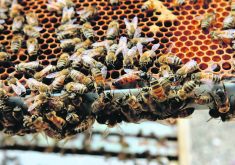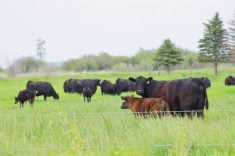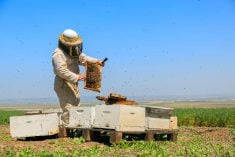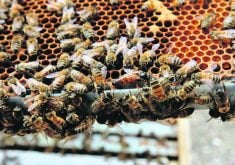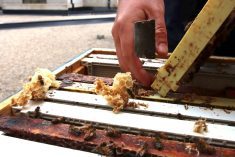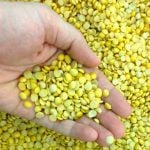The quest to find effective varroa mite control has given producers little respite this year, according to the Manitoba Beekeepers Association.
Chair Ian Steppler says producers are once again reporting varroa infestations.
“There are producers who are talking about not being able to keep the mite counts down, so that’s the only concern about our colonies going into winter, is that we might not have the control that we think we did get.”
Read Also
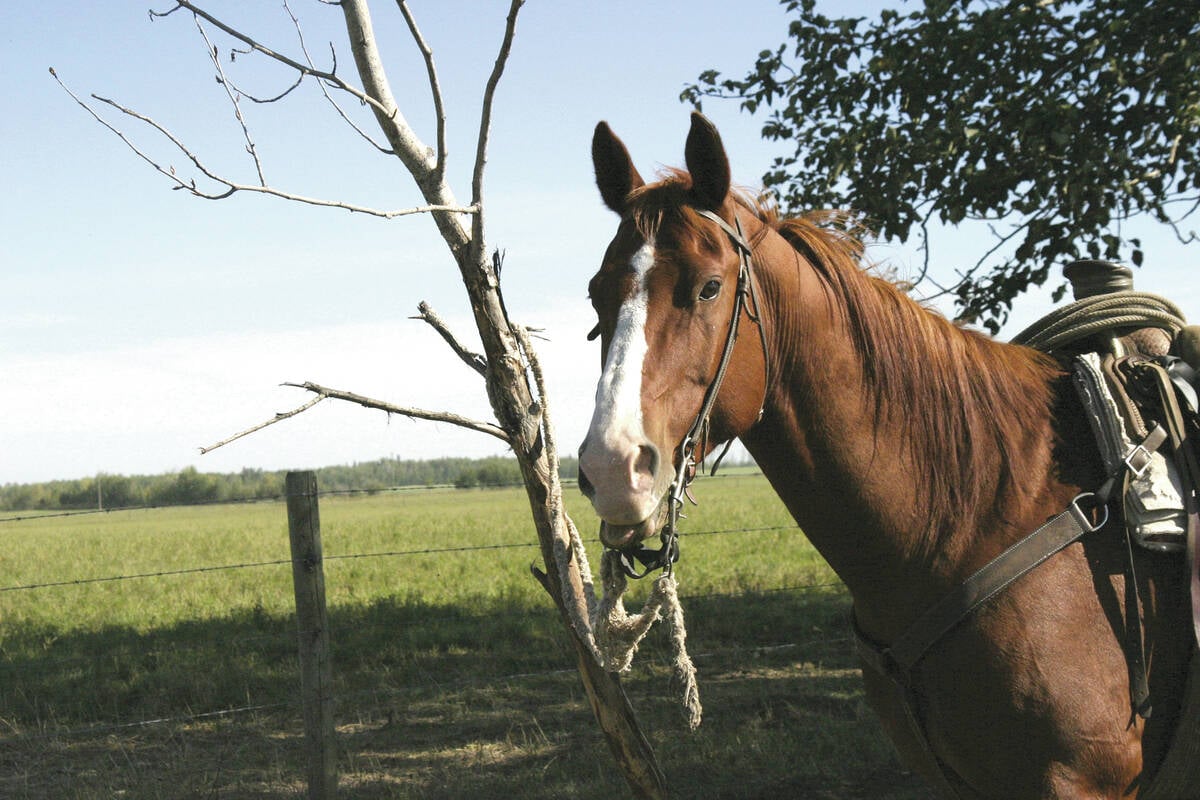
Weekend warrior horses at risk
Horses need steady, rhythmic movement. Going from no activity to weekend bursts of exercise risks physical strain and injury.
Provincial resources suggest that producers aim to keep a one per cent infestation threshold in their spring control.
Why it matters: Producers have suspected for several years that varroa mites might be developing resistance to control product Apivar. Counts this year have done little to assuage those fears.
Last year, varroa mite problems contributed to serious winter losses following the drought of 2021. According to the 2022 bee winter loss report from the Canadian Association of Professional Apiculturists, beekeepers reported almost double the winter losses this spring compared to the long-term average.
Nationwide, the honey industry saw losses of about 45.5 per cent, compared to 25.8 per cent from 2007 to 2021. Manitoba was the worst hit among provinces. Beekeepers here saw losses of 52.7 per cent.
“The most frequently cited causes of colony losses were ineffective varroa control, poor queens and weak colonies in the fall,” the national report stated.
[RELATED] Comment: Honeybee lifespan could be half what it was 50 years ago: study
Resistance
Mite issues prompted concern about the efficacy of Apivar, one of the industry’s go-to solutions for the parasite. Producers worry that the mites are gaining resistance to the chemical control, similar to previously popular producers like CheckMite or Apistan. Those products hit the market with control rates of about 99 per cent, but that has since fallen significantly.
Earlier this year, now-retired provincial apiarist Rhéal Lafrenière estimated efficacy for those products at as low as 30 per cent.
Apivar’s control rates have likely not slipped to that extent, although Lafrenière said it might be about 80 per cent effective.
The issue sparked a small-scale investigation of Apivar resistance from the MBA’s tech transfer program.
[RELATED] Manitoba honey harvest falls short
Derek Micholson, who replaced Lafrenière as provincial apiarist, led that project. Colonies from two operations that suspected decreased control were tested for resistance this spring. That was followed by testing at five other operations this fall.
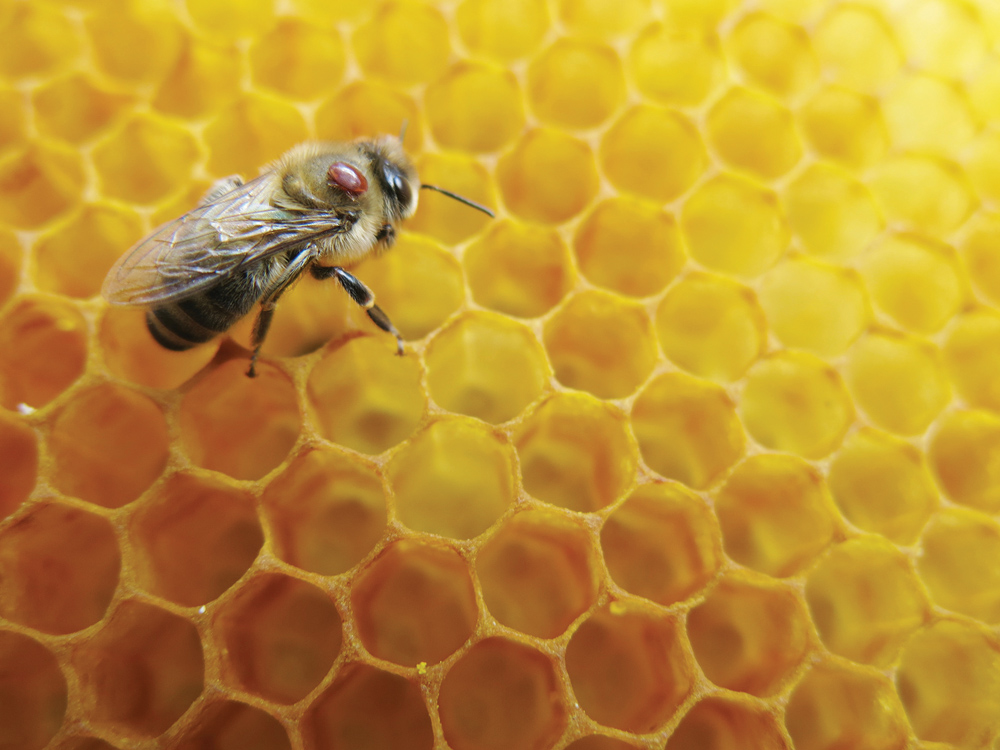
“Some of those colonies showed pretty decent control with Apivar,” Micholson said. “But there were definitely some colonies that showed decreased efficacy of Apivar. It’s sort of up for debate of where that line is of where to call it resistance or not.
“I think there are more and more beekeepers that are reporting, at least anecdotally, that they’re seeing decreased efficacy in their colonies and higher number of mites lingering after an Apivar treatment.”
The project was limited by available resources and limited beekeeper participation.
“The efficacy is decreasing for some producers worse than others, so I think we’re seeing the end of that product being our reliable treatment source,” said Steppler.
Future of mite control
The take-home message is integrated pest management, Micholson said. Producers may need to use various control strategies and a rotation of products.
Formic or oxalic acid washes are popular options, he noted, and producers should monitor their mite counts so infestations don’t get out of control.
[RELATED] Another bad season for bees
Monitoring is needed before and after treatments, Micholson said, “not only with Apivar. I think it’s important to monitor after Apivar now more than ever, but with any product that you’re applying, you should be monitoring before and after that treatment, just to make sure that it actually worked.”
Producers will have to do their homework if they turn to organic acid treatments. Temperature affects formic acid, Lafrenière noted in an earlier interview with the Co-operator. It is rated for use while honey is actively flowing, although it will likely reduce a hive’s yield for the year.
Lafrenière said producers would have to apply the product heavily in honey season because of the temperature limitations and that increases stress on the brood.
The control window for oxalic acid is short and bees deeper in the brood might not come into enough contact with the product.
Other products may be based on thymol, an essential oil extracted from the thyme plant.
“There are quite a few mite control products, so I think beekeepers should be becoming more familiar with the other products that are out there,” Micholson said.




